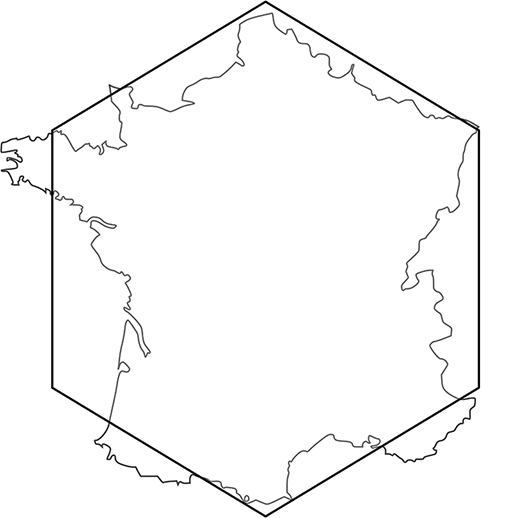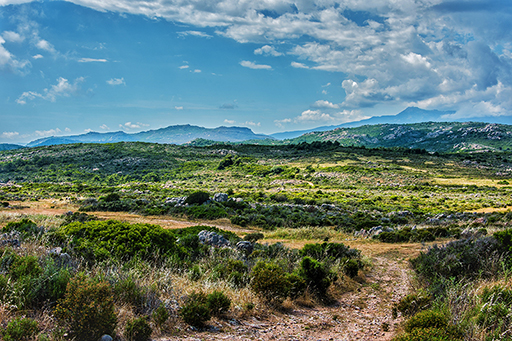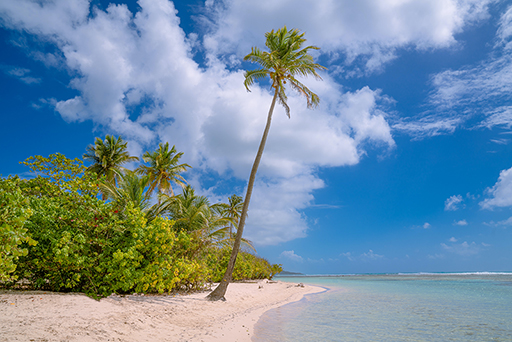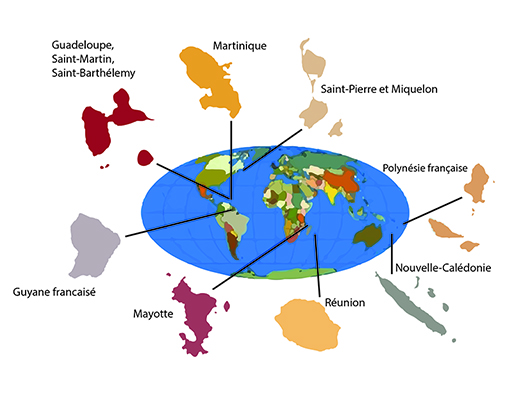4 French overseas territories
The knowledge of geography you’ll develop as a learner of French will help you to understand a range of cultural references and idiomatic phrases. One example of this is that mainland France (or la Métropole) is often referred to as l’hexagone (the hexagon). This is because, as shown in Figure 9, you can roughly draw the six-sided shape over the map of France. L’hexagone is a phrase used frequently on French news – and now you’ll know why when you hear it!
However, it’s important to recognise that referring to France as l’hexagone leaves out some important parts of the country. The island of Corsica (la Corse), situated further south in the Mediterranean sea, is absent from this description of the mainland.
L’hexagone also excludes overseas territories which are governed, to a greater or lesser extent, by France. The term l’outre-mer describes all of the French territories located outside mainland France.
The départements ou regions d’outre-mer, or DROM, have the same administrative status as any other département or région in metropolitan France. At time of writing this course, there are five DROMs: Guadeloupe and Martinique in the Caribbean, French Guiana (la Guyane française) in South America, and Mayotte and Réunion in the Indian Ocean. The links between DROMs and mainland France are strong, and the inhabitants of DROMs are represented in the French Parliament in Paris. Guadeloupe, Martinique and Réunion are themselves popular tourist destinations for residents of mainland France.
The other French overseas areas – known as collectivités d’outre-mer (COMs) and territoires d’outre mer (TOMs) – have more autonomy from metropolitan France, meaning that to varying degrees they’re self-governing. In 2022, these territories include: Saint-Pierre et Miquelon in the North Atlantic, Saint-Barthélemy and Saint-Martin in the Caribbean, Nouvelle-Calédonie (New Caledonia) and Wallis-et-Futuna in the southwest Pacific, Polynésie française (French Polynesia) in the Pacific, and les Terres australes et antarctiques françaises (French Southern and Antarctic Lands) in the Antarctic. Some COMs enjoy considerable autonomy. New Caledonia, for example, can pass its own laws.
The status of some territories as governed by France is disputed in some parts of the overseas territories. New Caledonia, for example, was granted special status in 1998 under the Nouméa Accord. This agreement between the local parties and the French State required a later independence referendum. At the time of writing this course, three have been held (in 2018, 2020 and 2021), with each vote confirming New Caledonia as part of the French Republic. This situation continues to develop – if this interests you, you might want to do some further reading.




